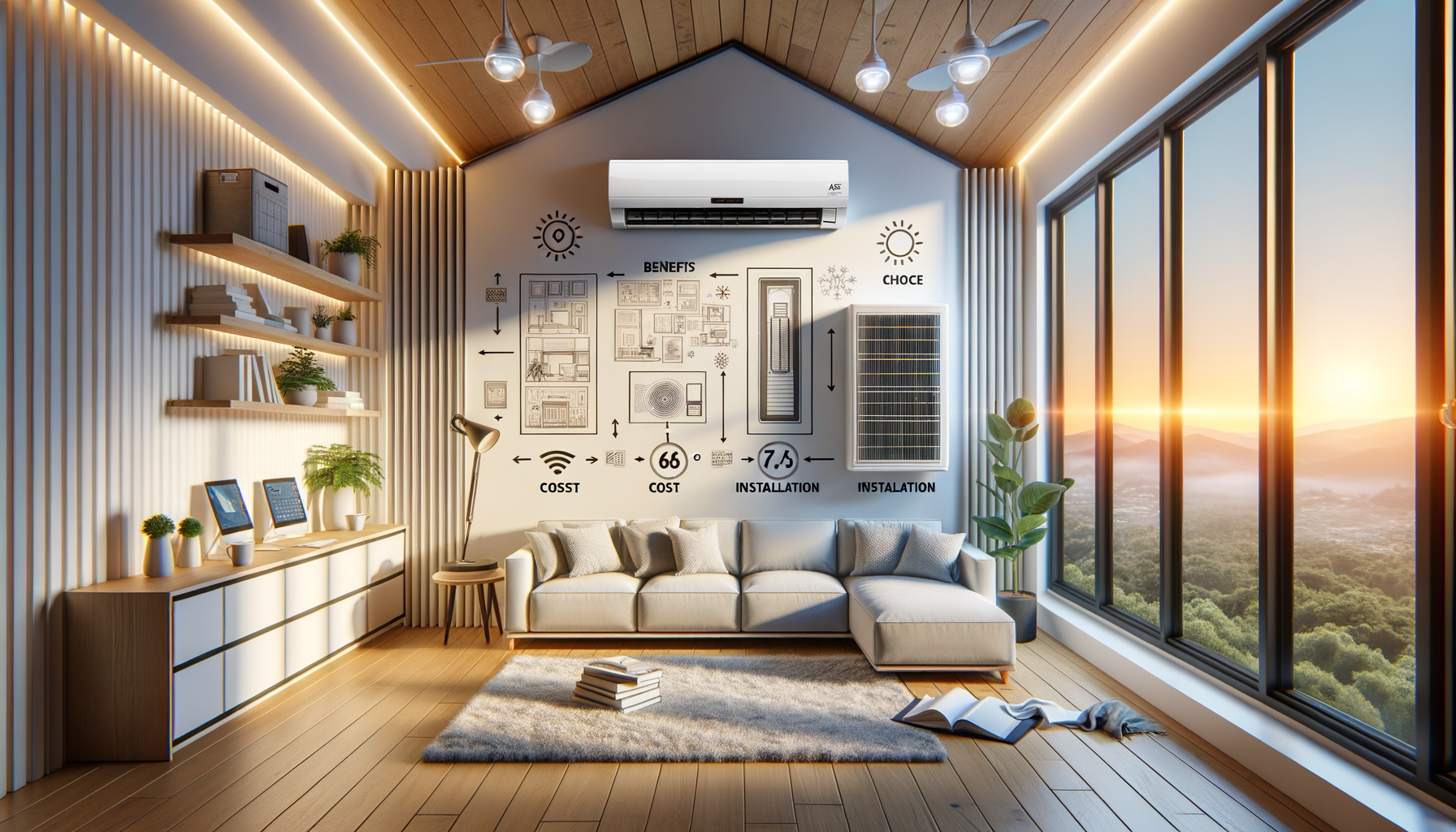
Mini-Split Installation Cost & Rebate Guide 2025
Introduction to Mini-Split Systems
As energy efficiency becomes a priority for homeowners, mini-split systems are gaining popularity. These systems offer a flexible and efficient solution for heating and cooling individual rooms without the need for extensive ductwork. In 2025, understanding the costs, available rebates, and how to hire a certified installer is essential for making an informed decision.
2025 Mini-Split Installation Cost Ranges
When considering the installation of a mini-split system, understanding the cost is crucial. In 2025, the price for installing a mini-split system can vary significantly based on several factors, including the size of the unit, the complexity of the installation, and geographic location.
Typical installation costs range from $2,000 to $8,000. Factors influencing this range include:
- Unit Size: Larger units or systems with multiple indoor units tend to be more expensive.
- Installation Complexity: Homes with difficult access points or unique architectural features may incur higher labor costs.
- Location: Installation prices can vary by region due to differences in labor costs and local market conditions.
It’s advisable to obtain multiple quotes from local contractors to ensure you’re getting a fair price. Additionally, consider the long-term savings on energy bills when evaluating the initial investment.
Federal & State Ductless Heat-Pump Rebates
To encourage energy efficiency, both federal and state governments offer rebates for ductless heat-pump installations. In 2025, these incentives can significantly reduce the overall cost of installation.
Federal tax credits may cover up to 30% of the installation costs, depending on the system’s efficiency rating. State rebates vary widely but can offer additional savings. For instance, some states provide rebates of $500 to $1,500 per unit.
To maximize savings, homeowners should:
- Research Available Programs: Check both federal and state websites for the latest rebate information.
- Ensure Eligibility: Confirm that the chosen mini-split system qualifies for rebates by meeting specific energy efficiency standards.
- Keep Documentation: Maintain all purchase and installation receipts to claim rebates successfully.
These financial incentives not only make mini-split systems more affordable but also promote environmentally friendly choices.
How to Hire an EPA-Certified Mini-Split Installer
Hiring a qualified installer is crucial to ensure your mini-split system operates efficiently and effectively. An EPA-certified installer is trained to handle refrigerants safely and comply with environmental regulations.
When selecting an installer, consider the following:
- Certification Verification: Ask for proof of EPA certification to ensure compliance with federal regulations.
- Experience and References: Choose an installer with a proven track record and positive customer reviews.
- Detailed Quotes: Obtain detailed estimates that outline labor, materials, and any additional fees.
Taking these steps will help you find a reliable professional who can complete the installation safely and efficiently, maximizing the benefits of your mini-split system.
Conclusion
Investing in a mini-split system in 2025 offers numerous benefits, from cost savings on utility bills to enhanced comfort and energy efficiency. Understanding the installation costs, leveraging available rebates, and choosing a certified installer are key steps in ensuring a successful installation.
By staying informed and making strategic decisions, homeowners can enjoy the advantages of modern HVAC technology while contributing to a more sustainable future.

